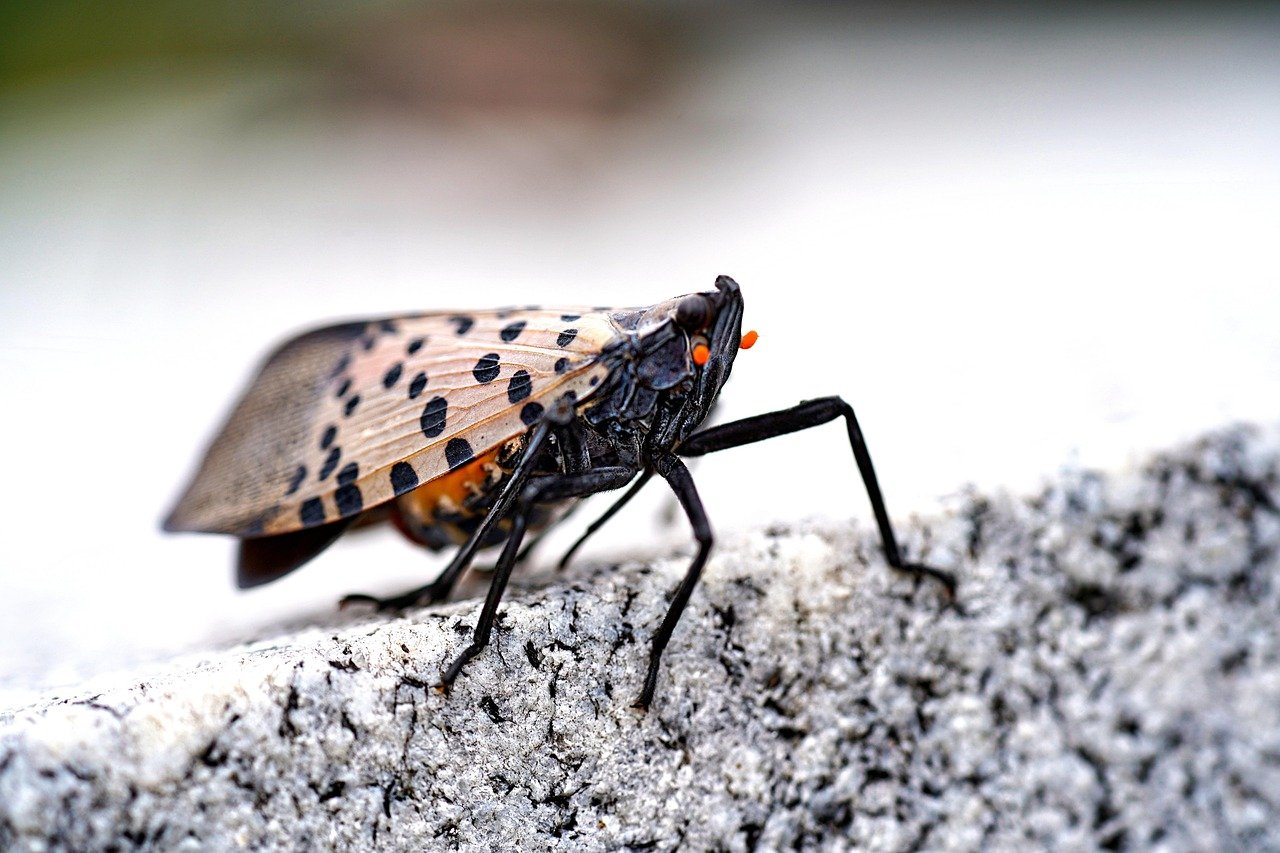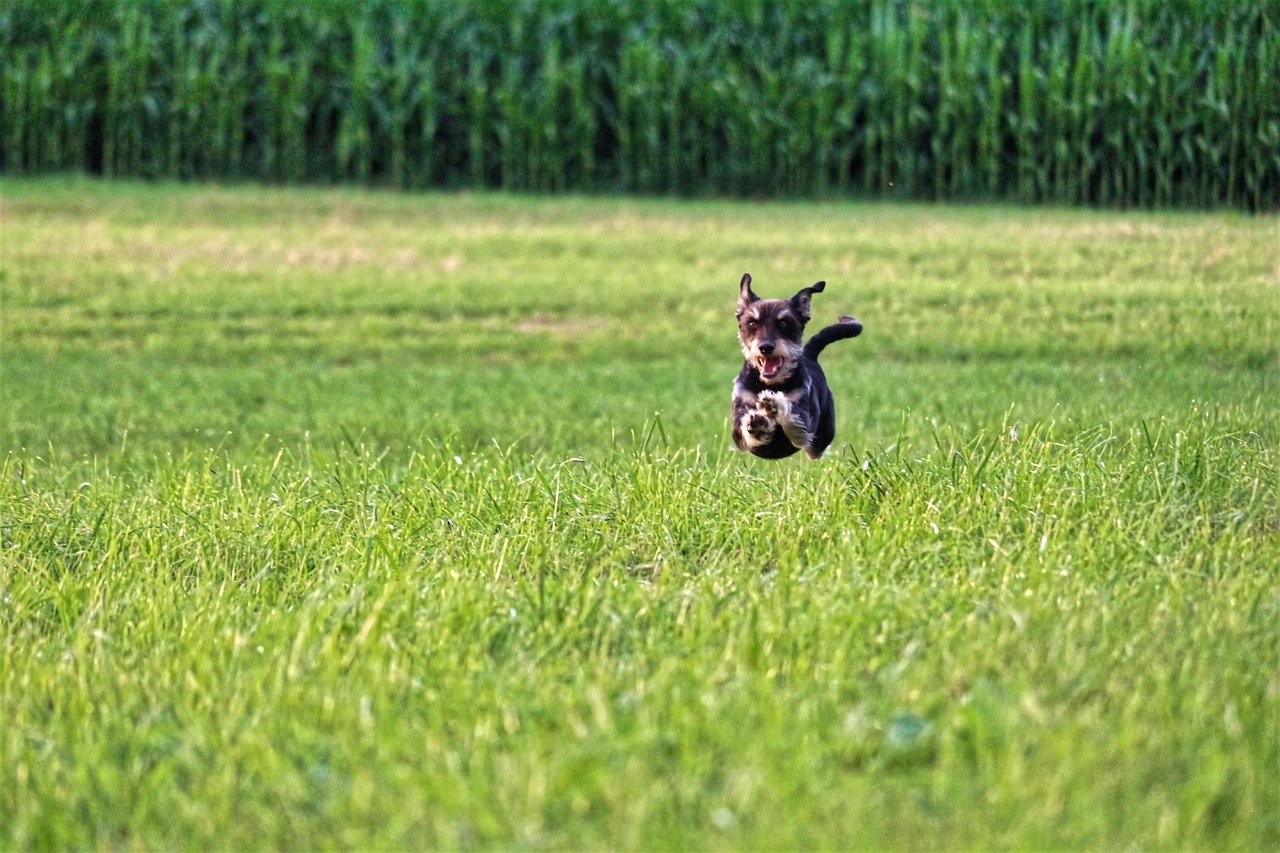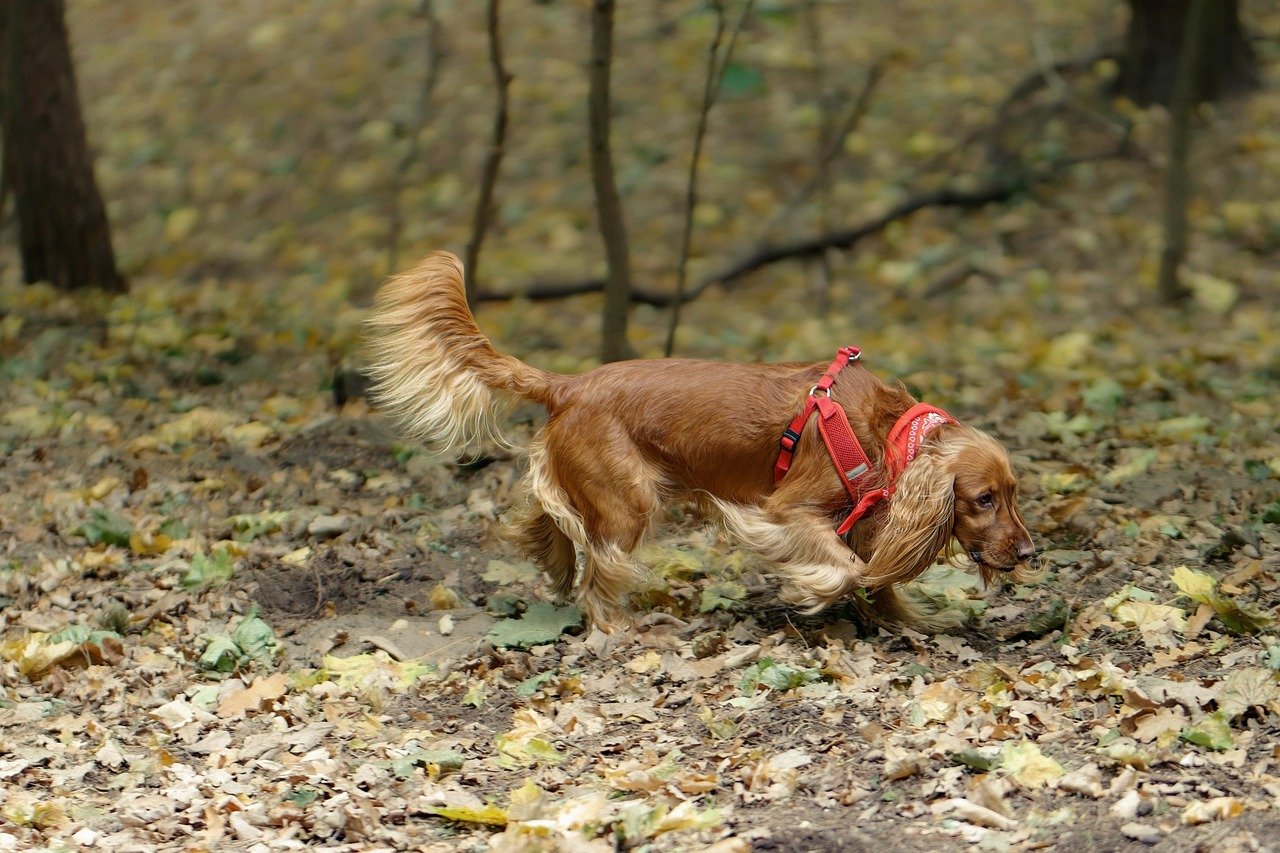The spotted lanternfly invasion has spread like wildfire across America since its discovery in Berk’s County, Pennsylvania just over a decade ago. This tiny winged terrorist with its deceptively beautiful black-spotted wings might look pretty, but don’t be fooled. Since then, it has rapidly spread across multiple states, causing significant damage to trees, crops, and the agriculture and forestry sectors, leading to substantial economic losses. What started as a localized problem has morphed into a nationwide agricultural nightmare that’s eating away at America’s wine country and orchards. But here’s where things get interesting – scientists have discovered that man’s best friend might just become the spotted lanternfly’s worst enemy.
The Scale of Agricultural Destruction

The numbers are absolutely staggering when you look at what these tiny invaders are doing to American agriculture. Researchers estimate that, if left unchecked, the spotted lanternfly – which decimated vineyards in Pennsylvania when it arrived in 2014 – could cause significant economic losses to the New York state grape industry. Using data from two key regions – the Lake Erie region, the largest Concord grape producer in the world, and the Finger Lakes region, the largest wine producer in the state – researchers found that losses could reach $1.5 million, $4 million and $8.8 million in the first, second and third years of infestation, respectively.
If not contained, the spotted lanternfly potentially could drain Pennsylvania’s economy of at least $324 million annually and cause the loss of about 2,800 jobs, according to a study carried out by economists in Penn State’s College of Agricultural Sciences. We’re talking about an economic disaster that makes other agricultural pests look like minor inconveniences.
Significant damage has been reported from SLF extensively feeding on grapevines, including reduced starch concentration in vine roots and sugar in the fruit at harvest, reduced yield in the subsequent year, and potential death of vines. These bugs aren’t just nibbling at the edges – they’re literally sucking the life out of entire vineyards.
Why Traditional Control Methods Fall Short
Fighting spotted lanternflies isn’t like dealing with your typical garden pest. The spotted lanternfly is an expert hitchhiker—it lays eggs on cars, trucks, outdoor furniture, and even firewood, allowing it to travel great distances undetected. This is how it has spread so quickly across the northeastern and mid-Atlantic United States and why authorities are so focused on stopping its movement. These crafty little creatures have basically turned every moving vehicle into their personal taxi service.
The real problem isn’t just killing the adults you can see – it’s finding their eggs before they hatch. Catching the bug early is key — but finding its egg masses is no easy task. “They often resemble mud smears or lichens and are tucked into bark crevices, cracks, or hidden undersides,” said Mizuho Nita, a plant pathologist at Virginia Tech’s Alson H. Smith Jr. Imagine trying to find something that looks like a smudge of dirt on every tree trunk, fence post, and bridge pillar across multiple states.
Traditional pesticide applications only work on the insects you can actually see and target. But when you’re dealing with millions of nearly invisible egg masses scattered across vast landscapes, chemical spraying becomes like trying to empty the ocean with a teaspoon. The eggs sit dormant all winter, then explode into action come spring.
Enter the Four-Legged Solution

Growers and conservationists have a new weapon to detect invasive spotted lanternflies early and limit their spread: dogs trained to sniff out egg masses that overwinter in vineyards and forests. This isn’t some far-fetched science fiction scenario – it’s real, it’s happening right now, and the results are mind-blowing.
With a sense of smell that’s tens of thousands of times more acute than humans’, dogs can be trained to sniff out spotted lanternfly egg masses without disturbing the environment. Think about that for a second. While we’re squinting at tree bark trying to spot these camouflaged egg masses, dogs are literally following scent trails that are completely invisible to us.
So far, the dogs have uncovered more than 4,000 of the masses, meaning they’ve helped eradicate as many as 200,000 of the sap-sucking bugs that damage grapes, fruit trees, hops and hardwoods, said Connie Hausman, senior conservation science manager at Cleveland Metroparks. In just a few hours in April, the dogs found about 1,100 egg masses at the Cleveland Metroparks Zoo, Hausman said. These aren’t just impressive numbers – they represent thousands of future crop destroyers that will never get the chance to hatch.
Professional Dogs vs. Citizen Scientists’ Pets
Here’s where the story gets even more fascinating. While professional conservation dogs have been successfully detecting these egg masses, researchers discovered something unexpected. A new study led by Virginia Tech found that volunteer dog-handler teams — made up of everyday people and their pets — can effectively detect the elusive egg masses of the spotted lanternfly, an invasive insect that’s damaging farms and forests across the eastern and central United States. It’s the first study to show that citizen dog-handler teams can achieve detection success rates comparable to professional conservation detection dogs.
Dogs correctly identified the egg masses 82 percent of the time in the controlled tests. In real-world field trials, accuracy dropped to 61 percent — still better than many human searches. Of the dogs that passed both tests, 92 percent were successful in finding live egg masses with minimal extra training. Your neighbor’s golden retriever could literally be the next frontline soldier in this agricultural war.
In adjacent forests, where many spotted lanternflies overwinter and then emerge to infect vineyards, dogs had 3.4 times more detections than humans. In addition to doing well in complex environments, the dogs do well in situations where the scent isn’t everywhere and the target is found in low densities, before lanternflies have spread throughout an area. This is game-changing stuff – dogs are finding three times more egg masses than trained human searchers in the exact environments where early detection matters most.
The Training Revolution in Backyards Across America

Over 1,000 dog owners expressed interest in the study. More than 40 percent had prior experience in sport scent detection or related activities. Ultimately, 182 teams from across the U.S. were selected and given devitalized – or non-hatching – egg masses as training aids. We’re witnessing the birth of a grassroots army of detection dogs, trained not in specialized facilities but in suburban backyards and local parks.
The training process isn’t as complicated as you might think. They were already trained to find odors so they knew the game; find this odor and get a reward whether it’s a toy or food,” Essler says, “So for this task, it started with putting the SLF egg in like a tin on the floor and when they showed any interest or sniffed it, we have a clicker that we use to mark that behavior and they get a reward. It’s basically turning the hunt for agricultural pests into an advanced game of hide-and-seek.
Study participant Bill Wellborn of Roanoke said his 7-year-old Tibetan terrier, Pepe, enjoyed the challenge. Over the course of six months, they trained with devitalized spotted lanternfly egg masses two or three times a week for 15 to 30 minutes. “Anytime you can stimulate your dog, it’s good for them,” Wellborn said. This isn’t just about saving crops – it’s about giving dogs meaningful work that taps into their natural abilities and keeps them mentally engaged.
The spotted lanternfly crisis has revealed something remarkable about the relationship between humans and dogs. While we’ve been struggling with chemical sprays, quarantine zones, and public awareness campaigns, the solution might have been sitting right next to us on the couch all along. These four-legged agricultural guardians aren’t just detecting egg masses – they’re potentially saving entire industries from economic collapse. The beauty of this approach lies not just in its effectiveness, but in its accessibility. We don’t need to wait for government funding or specialized equipment. We just need to tap into the incredible partnership between humans and their canine companions that has served us so well throughout history. Who would have thought that the key to protecting America’s vineyards might be found in a simple game of fetch?

Andrew Alpin from India is the Brand Manager of Doggo digest. Andrew is an experienced content specialist and social media manager with a passion for writing. His forte includes health and wellness, Travel, Animals, and Nature. A nature nomad, Andrew is obsessed with mountains and loves high-altitude trekking. He has been on several Himalayan treks in India including the Everest Base Camp in Nepal.






